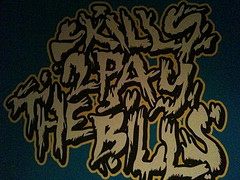
Like Anything Else… Strength Is A Skill!

So the other day I had a couple of newbies to come into one of my classes for the very first time and with me everyone gets evaluated on day 1. I brought them in and in the usual order of things immediately started working on walking them through my series of dynamic warm ups, the conditioning phase, and then ultimately I had a look at how well they could squat, deadlift, and just move in general. During this process I got some interesting looks from the trainees as I started them in on this approach. I could tell this was a completely new experience for them!
The Skills To Pay The Bills!
Well, as I continued to talk to them they quickly noticed the rest of my students were fast at work on a battery of different things ranging from kettlebells, to medicine balls, and even some peculiar looking bodyweight drills that clearly got their attention. Of course the question came up “Why are we doing this?” I replied, “Because I need to make sure you can do this (being the basics) so that you can do that (pointing at my more advanced group of students).” I am always informed that this is something they have never done before in past experience with other coaches and trainers. I’m not trying to solely inflate and differentiate what I’m doing by pointing that out I’m honestly just pointing out a very common response. Believe it or not.

Nevertheless, the lesson I always end up teaching is the importance of progression and that strength is a skill. There is a Method Behind The Madness! You see that other saying at the beginning of this paragraph about having the skills to pay the bills is very true as well when it comes to building on having the strength to move, the strength to move well, and the strength to move other stuff well. It’s about more than just looking good, it’s about being good and being in good health. That is value my friend.
You see to me there is almost an epidemic out there with folks which entails a whole bunch of poor movement as well as the folks that test for it. Now before you “X” off the page I’m not talking about becoming an Analysis Nazi. Look, on the coaching side movement tests are great, but I think there is also an epidemic of movement analysis that is getting to the point that causes training paralysis with a lot of coaches and trainers that I see on the internet. Wow, even Ice Cube would be proud of that rhyme! The point I’m making is that there has to be a balance.

Let’s face it, if you are working with multi-million dollar athletes it’s one thing to be a bit more diligent in testing and evaluating the trainee for movement, but if you are working with the everyday “Joe” and “Jane” you want to asses, but as a trainer/coach you also want to get them to jumping in feet first with mastering a few basic movements. Look a guy by the name of Paul Chek came up with a simple barometer to measure basic human movements (also called primal movements). These movements are as follows and are a great way to assess a trainee for certain problem areas that they need to strengthen.
1. Push
2. Pull
3. Squat
4. Lunge
5. Bend
6. Twist
7. Gait
Now having had the years of training experience that I’ve had I can generally tell if a relatively able bodied trainee is going to have problems by simply watching them walk onto the training floor. If their (walk) gait is off chances are something else will be. As long as I’ve been training the squat seems to be a huge problem area for most so this is also another one.
I quickly work on teaching a newbie the proper way to hinge at the hips and to do so while squatting, deadlifting, and kettlebell swinging. Once they improve on these basics the strength and the body control to perform the rest will generally come soon thereafter. One great way to help a newbie to learn the squat is by having them practice the goblet squat as I’m showing here.
You see having the skills to pay the bills is big when it comes to doing your body RIGHT! Now having said that it is also vital that YOU know how to assess where you are so that you know how to improve your functional strength, but don’t assess yourself to the point that you freeze up! Strength training is about quality movement and knowing how to tell the truth about yourself by recognizing your needs! I always tell my strength and conditioning students that we are here to “train for our needs, not our wants!” The point of that is that if you train for your needs then what you want will come as a side effect of that!
If you are confused about some of those needs then I can help. Just make sure you get your own copy of my Brandon Richey’s Better Than Steroids ebook right here.
Don’t forget that if you also happen to be a fan of the Kindle Readers and Kindle Apps then you can also get your copy from Amazon right here! Oh and ONE MORE THING, if you haven’t signed up for my upcoming kettlebell power and speed clinic you can do so right here! Remember that most anyone can train hard, but only the best train smart my friend.
Also what are some movements you feel you need to work on with yourself, or if you happen to be a trainer/coach with your students? Feel free to share in the comments below!
Leave a Reply
You must be logged in to post a comment.
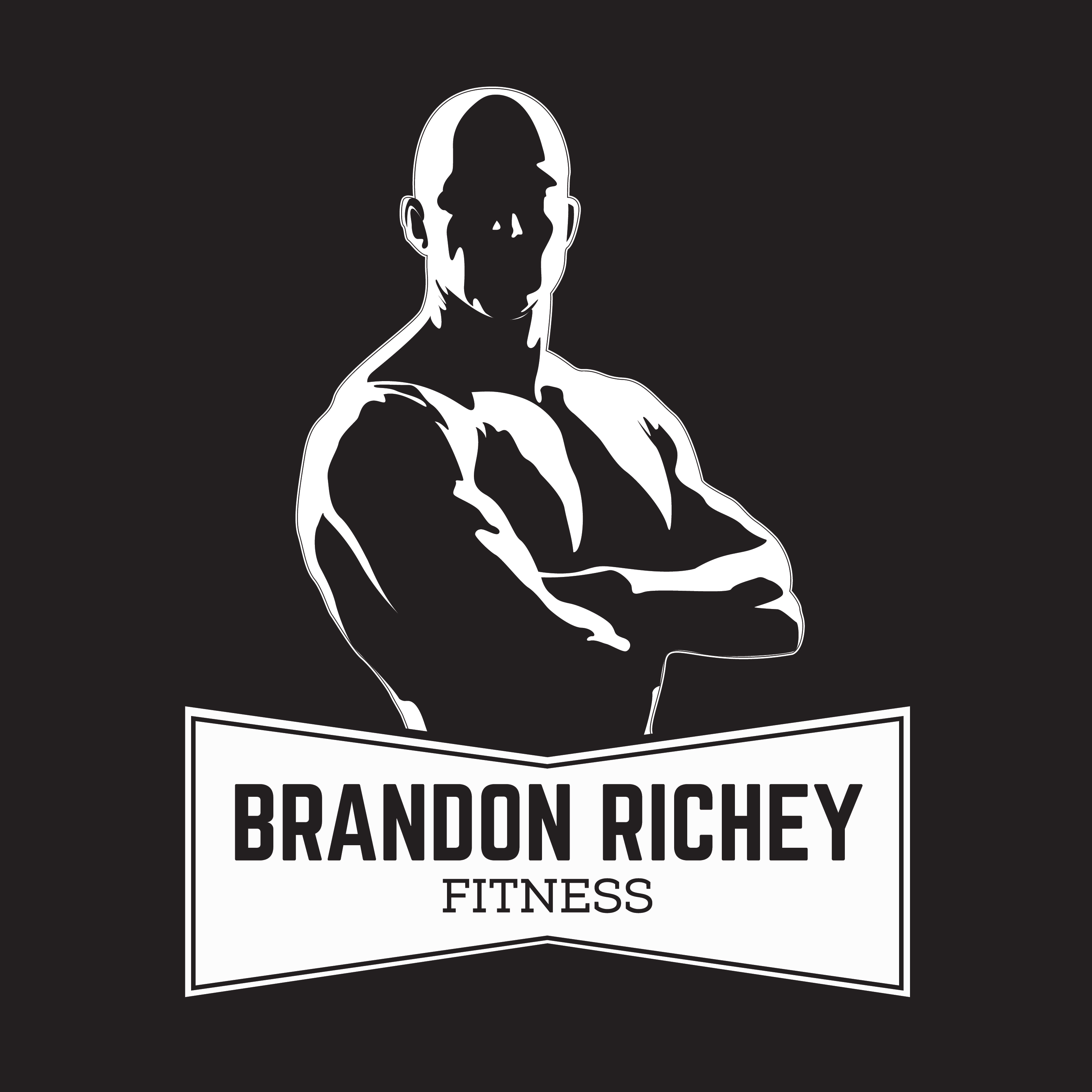
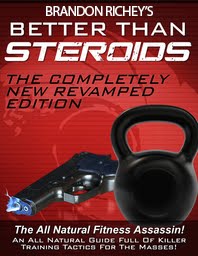
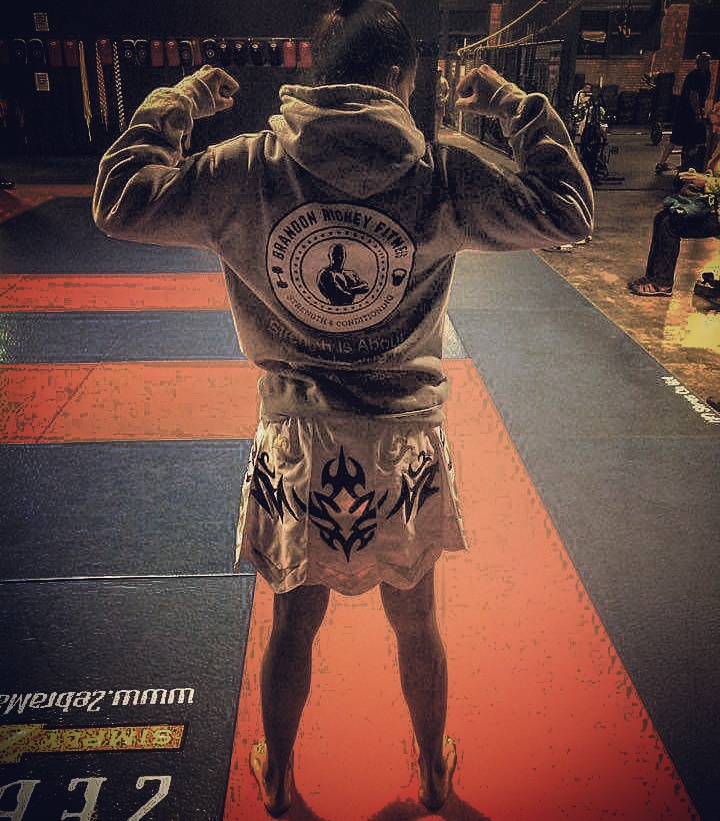
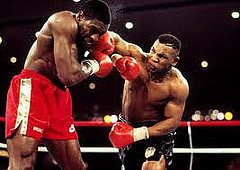
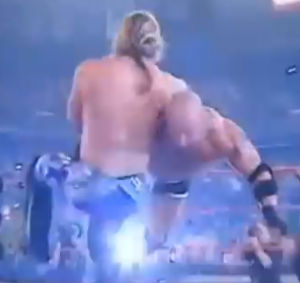
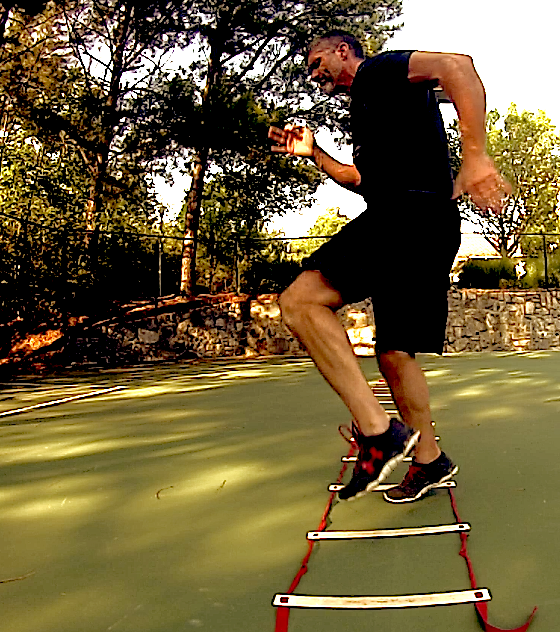
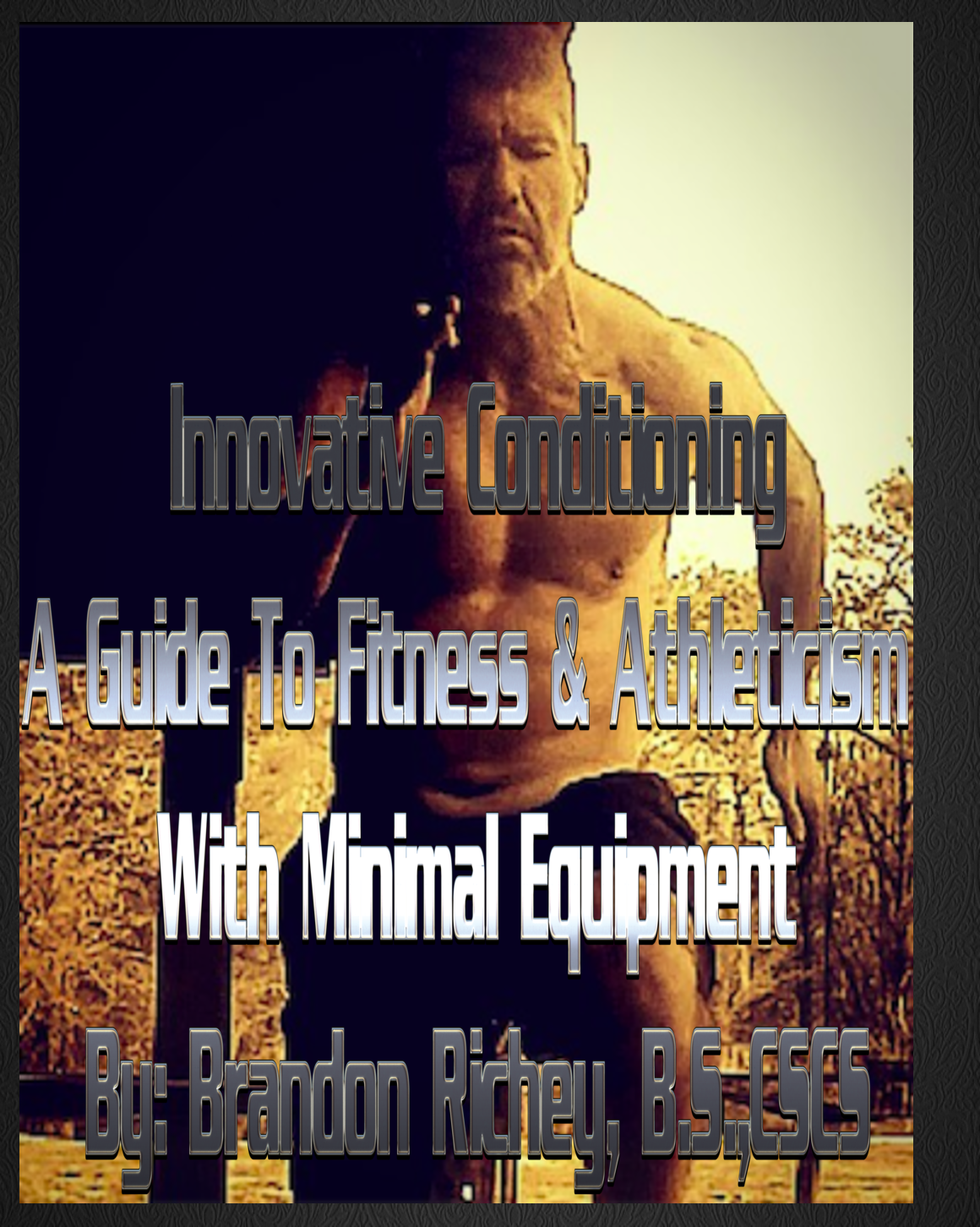
Thanks for the demonstration Brandon. That is extremely helpful for those of us trying to conquer the proper technique for kettlebell swings without injury. Great post.
Thanks
Chad
Hey no problem Chad! The main struggle I see with folks is just having them learn how to properly hinge at the hips while maintaining a neutral spine when deadlifting, squatting, and performing kettlebell swings. Anything that involves hip flexion/extension is pretty much at the center of most any successful major total body lift. Maintaining structural integrity of your body and its joints are everything! Keep training smart my friend.